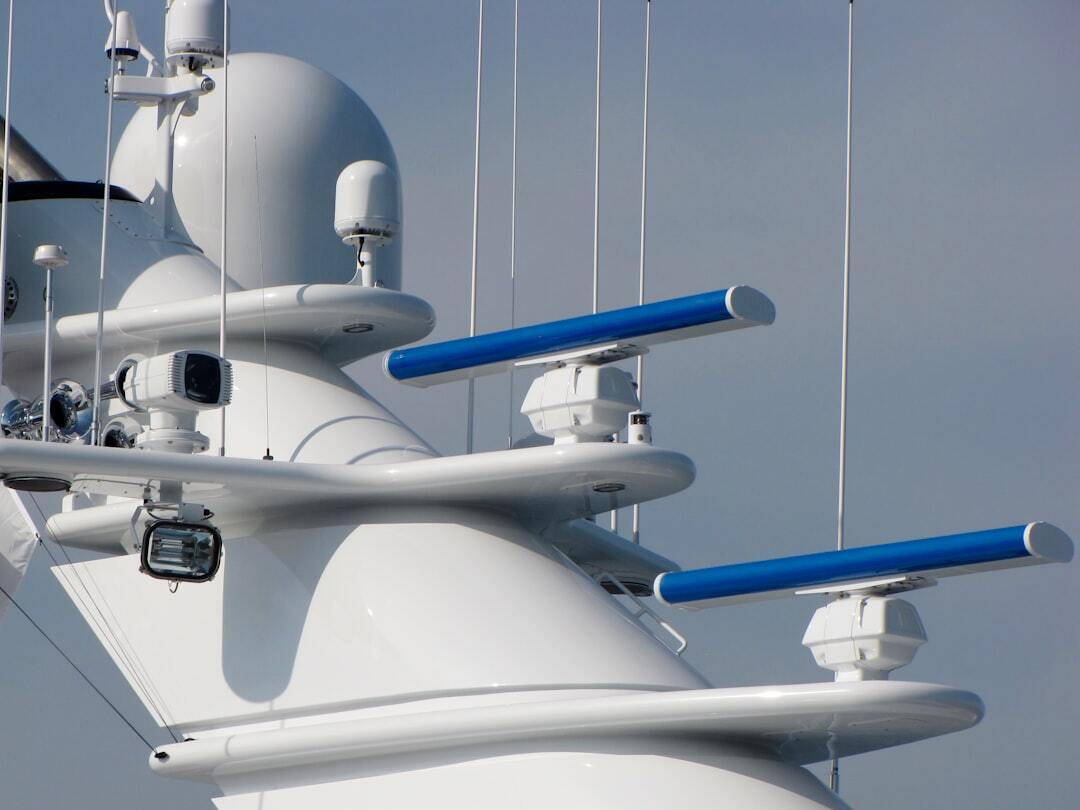Reading the Waters: Why Prospecting Had to Change
Let’s start with the shift that matters: AI didn’t just make prospecting faster. It changed what prospecting is.
The old model was simple: Build a big list → Filter by job title → Push messages. It worked when information was scarce. It collapses now that information is everywhere.
The big truth is: Titles don’t buy. Timing buys.
You’re not losing meetings because you’re bad at outreach. You’re losing them because you’re contacting people at the wrong moment.
Clearing the Fog: What Is a "Buying Signal"?
In modern selling, you don’t look for people, you look for change.
A buying signal is simply a real-world event that increases the odds a company is ready to buy. Signals fall into four categories:
1. Hiring Signals: “Added 7 SDRs this month,” “New VP of Revenue hired.” Hiring is the clearest indicator that priorities are shifting.
2. Financial Signals: “Raised $15M Series A,” “Secured a new strategic investor.” Fresh funding compresses buying cycles and increases openness to new solutions.
3. Technology Signals: “Implemented HubSpot last quarter,” “Replaced legacy systems in Q4.” Tech moves often trigger adjacent needs, integration requirements, or process redesigns.
4. Strategic Signals: “Expanding into the EU,” “Launching a new product line.” These are high-leverage windows because the company is already in motion and more receptive to help.
A signal is a probability spike. You’re no longer guessing who might be interested, you’re detecting who is already moving.

The Signal Stack: The Infrastructure Behind Modern Prospecting
Traditional prospecting was like spearfishing: You picked a target and hoped you were early enough, relevant enough, or lucky enough. AI turns this into sonar.
To make sense of it, think in layers, just like radar on a ship. Each layer plays a different role, and together they replace guesswork with signal-driven clarity.
The Broad Database - The Map (Who Exists)
Every market needs a map:
Who is out there? What do they do? How big are they? Where are they heading?
This layer gives you the raw universe of accounts and contacts. It doesn’t tell you who’s ready, only who’s possible.
Company data
Contact data
Industries, headcount, locations
Basic firmographics
Without a map, you’re not prospecting, you’re wandering.
A database gives you the territory. But it’s still flat. No movement. No depth.
That’s why you need the second layer.
The Deep Signal Layer - The Radar (Who’s Moving)
This is where the old model breaks and the new model begins. While the database tells you who exists, the signal layer tells you who just changed.
These signals sit beneath the surface of every account:
Hiring surges → tells you where growth is being fueled
Funding rounds → tells you who suddenly has budget
Tech installs & replacements → tells you who’s modernizing
Leadership changes → tells you who wants a fresh playbook
Public initiatives / expansions → tells you where new problems appear
This layer turns prospecting into pattern recognition because it doesn’t just collect signals. It stitches them together across dozens of channels you would never check manually.
This is the real radar.
Signals tell you who is warming up in real time.
AI as the Interpreter - The Bridge (What It Means)
Data means nothing unless someone (or something) interprets it. This is where AI becomes the strategic layer above the stack, the part that transforms noise into direction.
AI connects dots faster than a human could scan a CSV:
Who moved?
Why does this movement matter?
What problem does this signal imply?
Is this movement strong enough to reach out now?
What similar companies converted after this pattern?
This is not prediction in the mystical sense. It’s statistical inference, the same logic Amazon uses to recommend what you’ll buy next. AI becomes your Radar Operator: The interpreter of the waters. The one that notices patterns you would miss.
This is why modern prospecting works differently. You’re no longer relying on instinct or luck. You’re relying on evidence, timing, and motion.
And in sales, timing is the closest thing to an unfair advantage.
The Undalis Takeaway: Timing Is the Real Edge
Prospecting is no longer about who you find. It’s about when you find them. When you reach out because of a signal:
You sound relevant, not intrusive.
You catch buyers in motion.
You enter the conversation already underway.
The result is simple: A cold call isn’t cold when something just changed. You’re not interrupting, you’re aligning.
This is the first major revenue advantage AI creates. And you now have the mental model to use it.
The AI-First Sales Cycle
Your journey through modern selling.
✅ Module 1 — The First Mate (Mindset)
You’ve covered the foundations.
✅ Module 2 — The Radar Operator (Prospecting)
You now know how to detect buying windows.
🔒 Module 3 — The Signal Officer (Outreach)
We found them. Now: what do we say?
🔒 Module 4 — The Navigator (Active Selling & CRM)
Reality Capture → better decisions.
🔒 Module 5 — The Captain (Human Judgment)
The 3 skills that become your edge when grunt work disappears.
The tide is shifting.
Module 3 is approaching — stay aboard.
